Dozens of workers at Harland & Wolff’s Fife yard are facing redundancy.
The firm s to undertake a “process of rationalising” the facility, in a move that could lead to job losses.
It’s thought more than 60 workers at the Fife yard are being let go, despite claims from a union official that employees were told earlier this week that there jobs were safe.
Harland & Wolff says it plans to streamline the workforce at its Methil site to around 115 “core personnel”.
That will help to “align” the facility with the company’s resources and cost base with the level of work being undertaking at the yard, while “protecting its margins”.
Given the “typical longer-term nature of contracts within the renewables and defence”, Harland & Wolff aims to ensure its workforce is “appropriately positioned” to execute near term projects.
When Harland & Wolff acquired BiFab assets in January 2021, it anticipated building workforce of around 600 in Fife.
The headcount in Methil then steadily grew as work ramped up on a contract to deliver eight turbine jackets for jackets.
But in September, Harland & Wolff confirmed it had reached an agreement with contractor Saipem to descope the contract from eight structure to four.
Then, just before the end of the year, the firm revealed it had terminated the contract, claiming cost escalation and delays have made the work “sub-economic.”
Saipem contact settled
Negotiations with Saipem have now successfully concluded, and the contract value has been finalised at £16 million.
That is roughly 70% of the value of the deal, as per the update signed in September as part of descoping from eight jackets to four.
The entire amount has now been paid in full and final settlement of the contract, Harland & Wolff said.
Mr Wood said: “The Saipem project was the first project to arrive in Methil after our acquisition of the facility.
“With the previously announced delays and the changed economic position of this project, it was in the Company’s best interests to draw the project to a mutually acceptable close.
“The project has been a helpful learning curve for the business in this environment and we will take the lessons learnt forward into our next major project.
“In the meantime, the teams are focusing on constructing barges whilst contract discussions and negotiations advance foranother large project.
“In the interim, the company is focused on progressing the company’s pipeline of opportunities across its different sites and markets and remains steadfast in its approach to executing on contracts which maintain strong and attractive margins.”
Thought to be a landmark deal
News that Harland & Wolff had secured a contract with Saipem for the the Neart na Gaoithe (NNG) project in 2021 was met with a fanfare.
The £26.5m deal was expected came with the pledge of around 290 new indirect and direct Scottish jobs, and many thought it would be a big first step on the way to developing renewables manufacturing capabilities in Scotland.
But in a December trading update, Harland & Wolff said the original agreement was “based on the economic assumptions at that time” and it had since experienced “numerous issues with payments, delays and defective materials.”
Following the decision to abandon the work, a union official said it highlighted the myth of Scotland’s just transition.
But looking ahead, Harland & Wolff says it expects the renewables market to demand more local fabrication capacity in the UK than is currently available.
The company considers that the lead time to secure contracts in the renewables space takes approximately 12-36 months and a number of such tenders have already been submitted for additional work at Methil over the mid-to longer term.
Meanwhile, the firm is also advancing on a pipeline of nearer term smaller projects which it expects to undertake over the coming months.
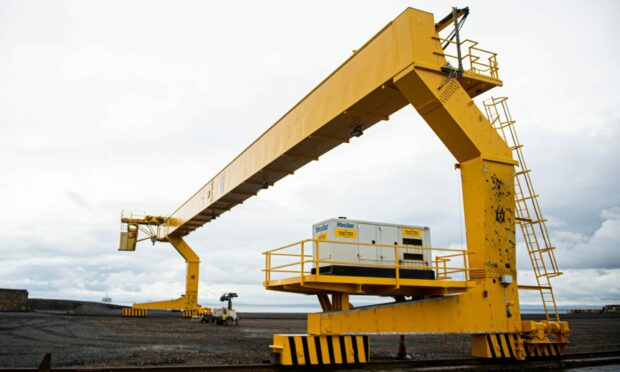
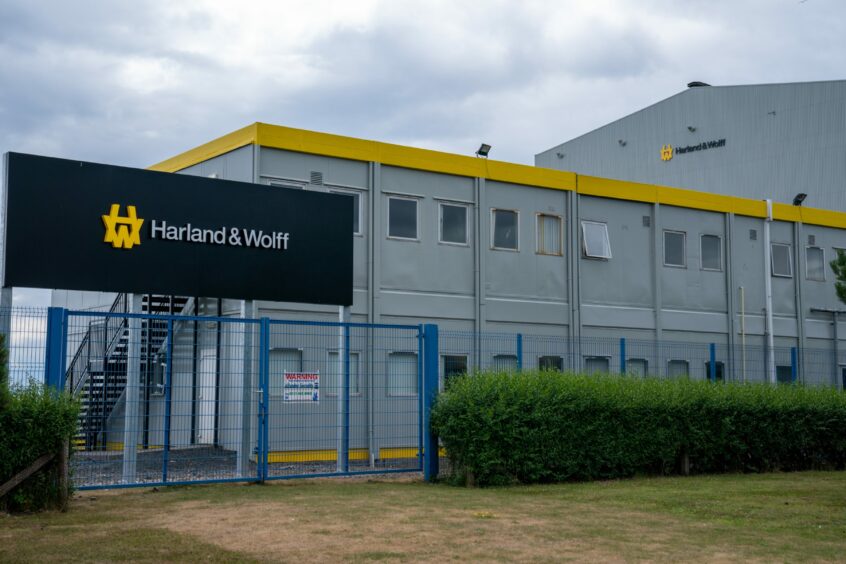





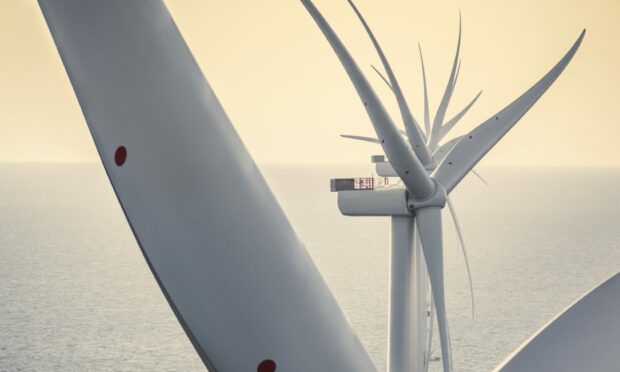
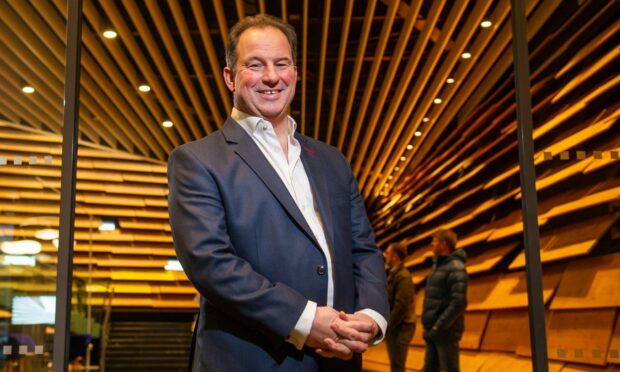


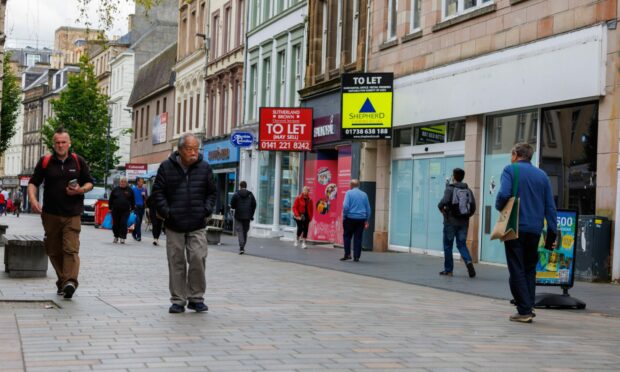


Conversation